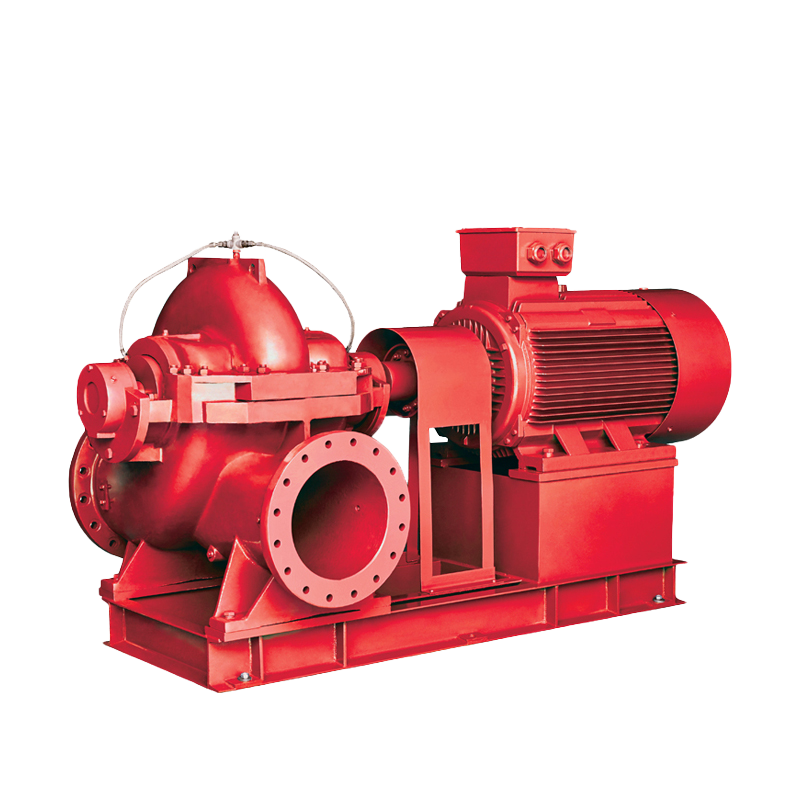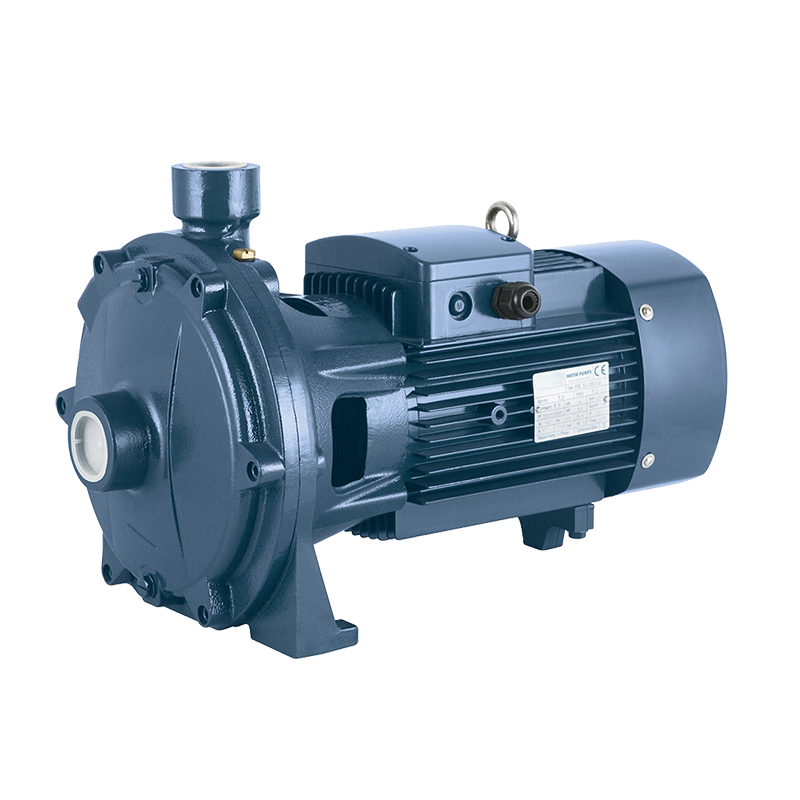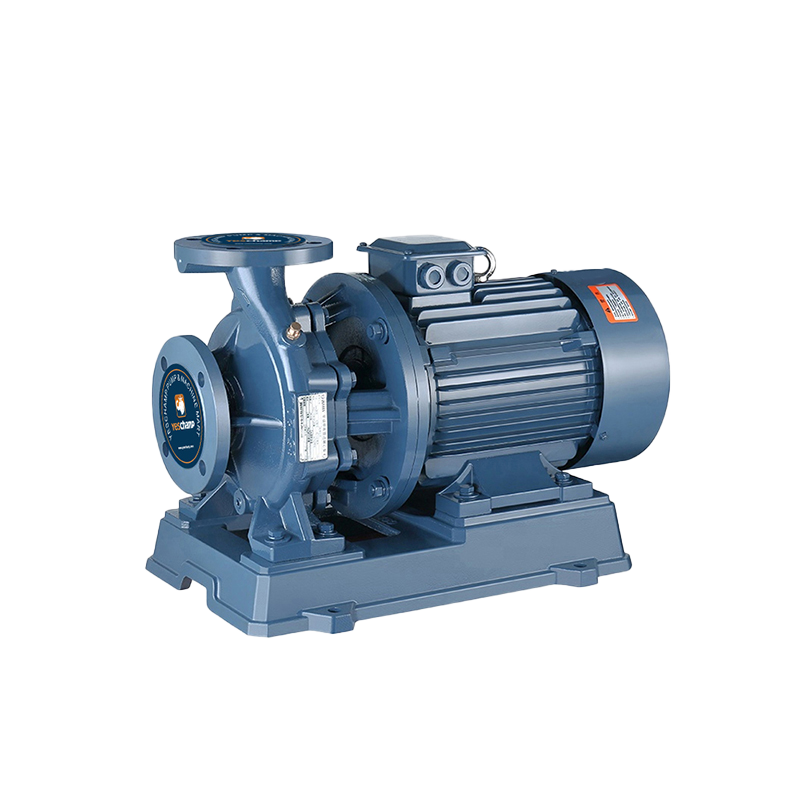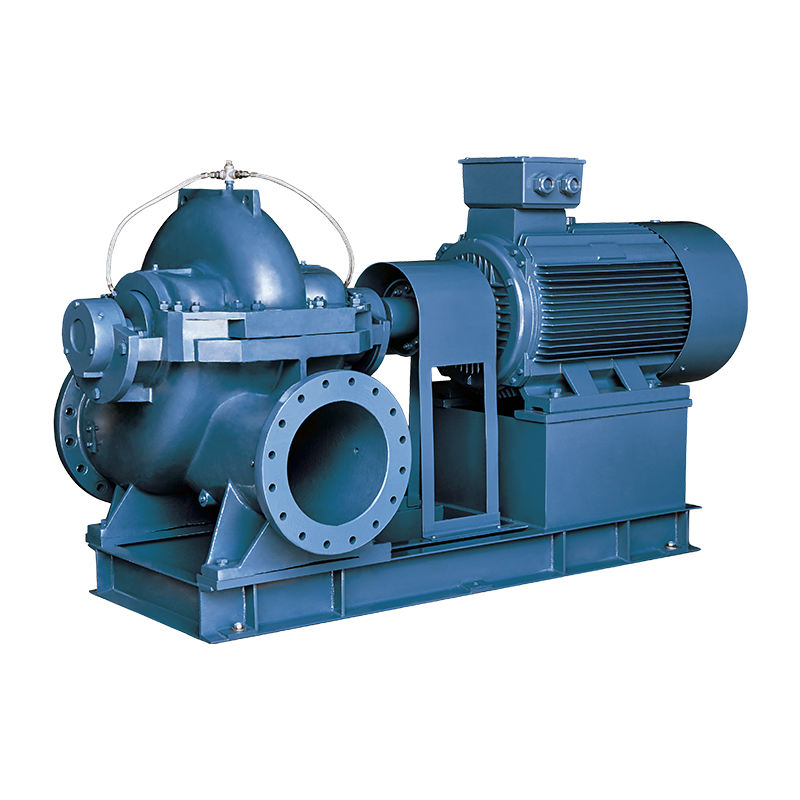A Comprehensive Guide to Selecting the Perfect Borehole Pump for Your Water Needs
Introduction:
Investing in the right borehole pump is crucial to ensure a consistent and efficient water supply for residential, agricultural, or industrial use. With various options available, choosing the most suitable borehole pump requires careful consideration of specific factors. In this guide, we'll outline key aspects to help you make an informed decision when selecting a borehole pump tailored to your needs.
1. **Determine Water Requirements:**
Assess your water needs accurately to determine the required pumping capacity. Consider factors such as household water usage, irrigation needs, or industrial processes. Knowing your water requirements will guide you in selecting a borehole pump with the appropriate flow rate.
2. **Borehole Depth and Diameter:**
Measure the depth and diameter of your borehole. Different pumps are designed for varying depths, and the borehole diameter will influence the type of pump that can fit. Ensure you have accurate measurements to match them with the pump's specifications.
3. **Pump Types: Submersible vs. Surface Pumps:**
Borehole pumps come in two main types: submersible and surface pumps. Submersible pumps are placed directly into the borehole, providing efficient water extraction. Surface pumps, on the other hand, are installed above ground and use suction pipes to draw water. Consider your specific needs and the convenience of installation when choosing between these two types.
4. **Pump Material and Construction:**
Borehole pumps should be constructed from durable and corrosion-resistant materials to withstand the harsh underground environment. Stainless steel and cast iron are commonly used for their resilience against corrosion. Ensure the pump is designed for long-lasting performance in your borehole conditions.
5. **Flow Rate and Head:**
The flow rate is the volume of water the pump can deliver per unit of time, while the head refers to the vertical distance the pump can lift water. Choose a borehole pump with a flow rate that meets your demand and a head that can overcome the vertical distance from the water source to the surface.
6. **Energy Efficiency:**
Opt for an energy-efficient borehole pump to minimize operational costs and reduce environmental impact. Look for pumps with high-efficiency motors and consider variable speed options that adjust power consumption based on demand.
7. **Pump Control and Automation:**
Some borehole pumps come with advanced control and automation features. Consider pumps with built-in protection mechanisms, such as dry-run protection and overload protection, to ensure the longevity of the pump. Automation can also help optimize water usage and reduce energy consumption.
8. **Warranty and Support:**
Check the manufacturer's warranty and ensure it covers potential issues. Reliable customer support is essential in case you encounter problems with your borehole pump. Read customer reviews and testimonials to gauge the manufacturer's commitment to customer satisfaction.
Conclusion:
Selecting the right borehole pump involves considering water requirements, borehole depth, pump type, construction materials, flow rate, head, energy efficiency, control features, and warranty. By carefully evaluating these factors, you can confidently choose a borehole pump that meets your specific needs, ensuring a reliable and sustainable water supply for years to come.
 English
English عربى
عربى
 Fire Pump and System
Fire Pump and System Split Case Pump
Split Case Pump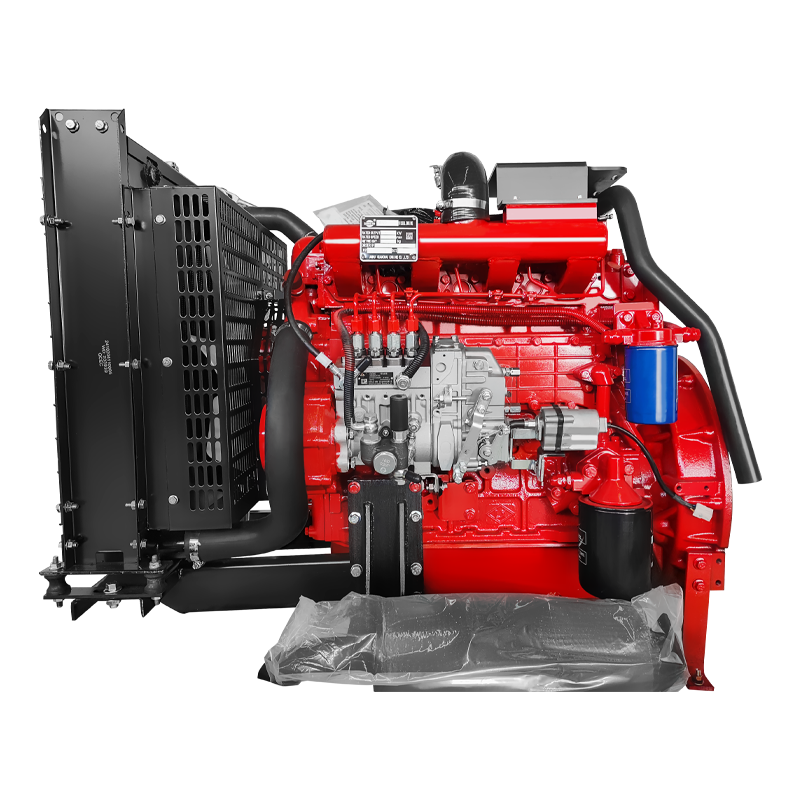 Engine and Pump
Engine and Pump Long Shaft Pump
Long Shaft Pump Multistage pump
Multistage pump Water Supplier System
Water Supplier System Sewage Pump
Sewage Pump Industrial Pump
Industrial Pump Self-Priming Pump
Self-Priming Pump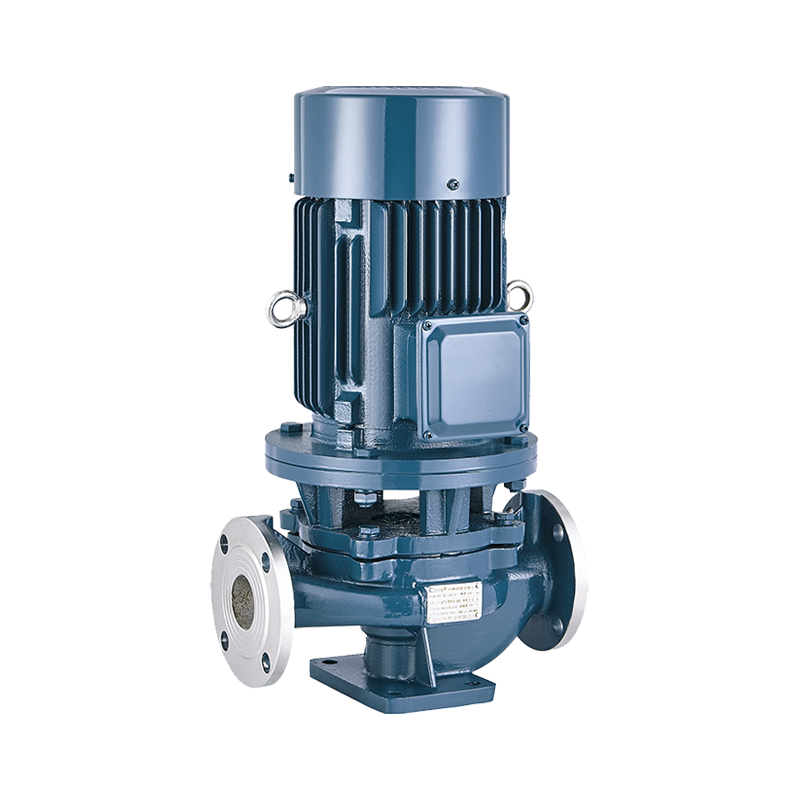 Inline Pump
Inline Pump Domestic Pump
Domestic Pump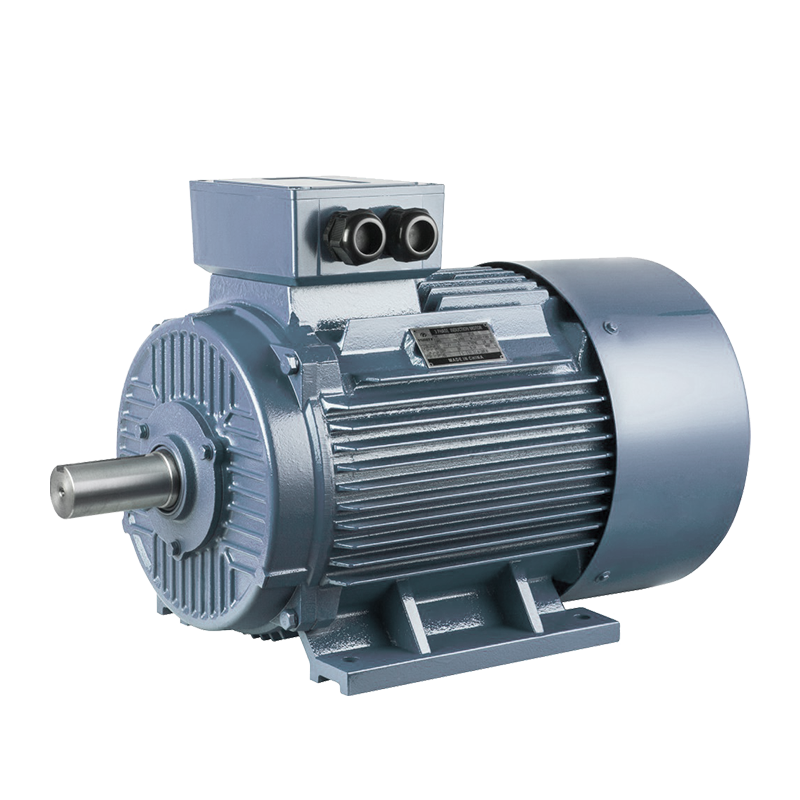 Electric Motor
Electric Motor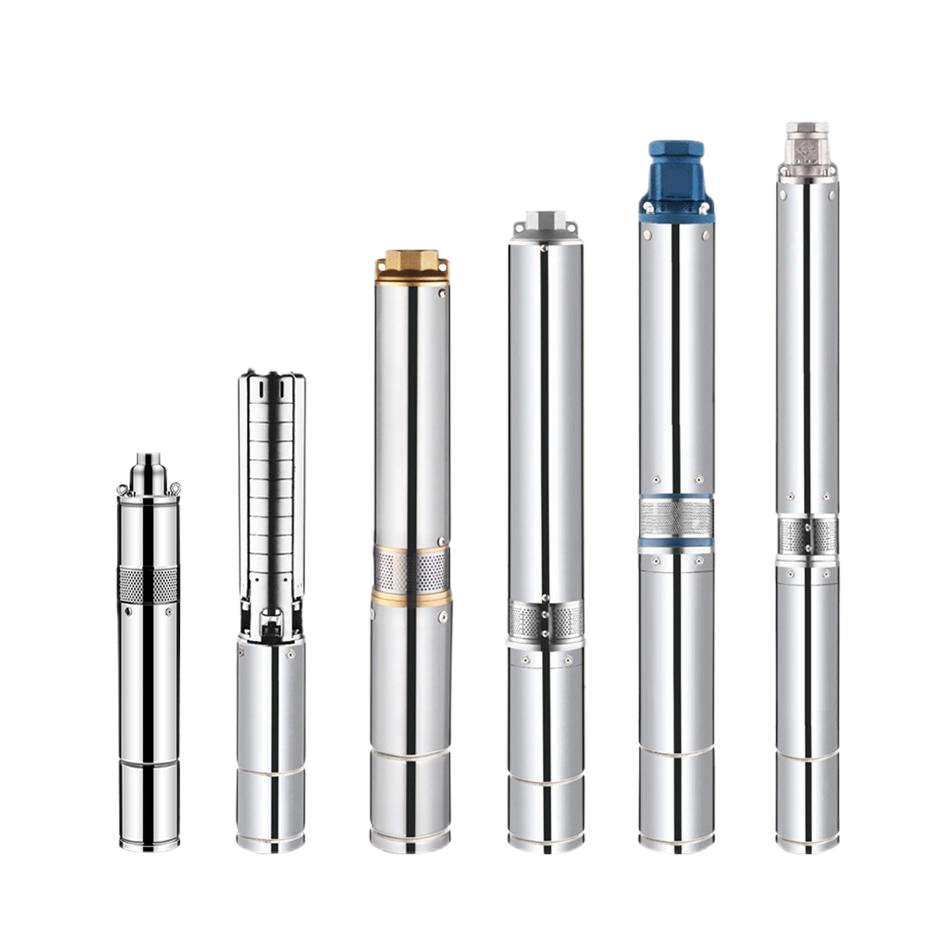 Borehole Pump
Borehole Pump
